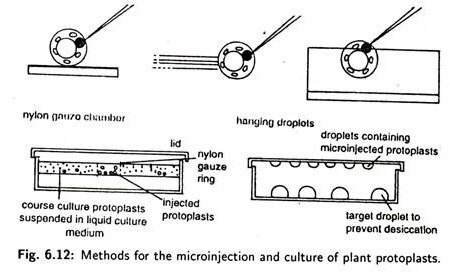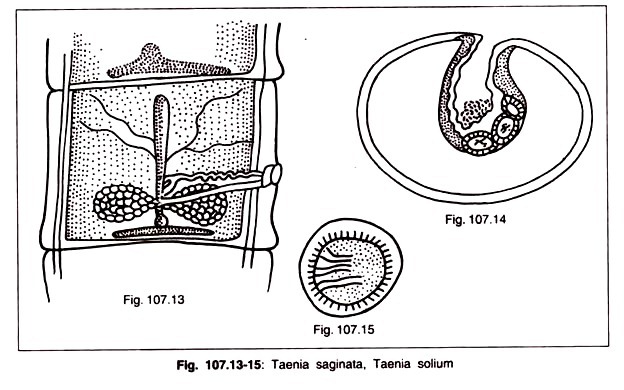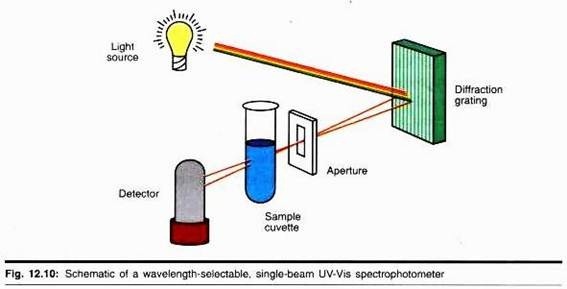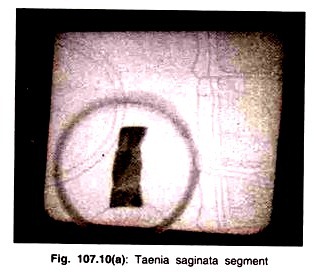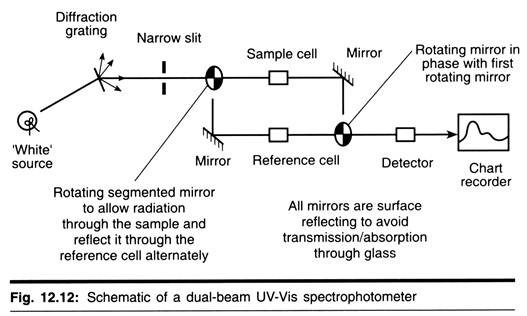In this article we will discuss about Taenia Saginata:- 1. Distribution of Taenia Saginata 2. Life Cycle of Taenia Saginata 3. Clinical Features 4. Treatment 5. Prophylaxis.
Contents:
- Distribution of Taenia Saginata
- Life Cycle of Taenia Saginata
- Clinical Features of Taenia Saginata
- Treatment of Taenia Saginata
- Prophylaxis
1. Distribution of Taenia Saginata:
(Beef Tape worm) and T. solium (Pork Tape worm) have a cosmopolitan distribution.
2. Life Cycle of Taenia Saginata:
While grazing on the polluted ground, the mature eggs are ingested by cattle. The oncospheres are hatched out from the eggs in the duodenum. These embryos penetrate the intestinal wall of the cattle, are carried through blood stream and reach the liver, the right side of the heart, lungs, the left side of the heart and the systemic circulation.
These oncospheres are filtered out in the striped muscles and transform into bladder worm (Cysticercus bovis). On ingesting infected raw beef, man becomes infected with this bladder worm. The larva is digested out of the beef, the scolex evaginates, attaches itself to the intestinal wall of man and develops into adult worm which liberates eggs.
The life cycle of T. solium is similar to that of T. saginata but C. cellulosae produce cysticercosis cellulosae in man or neurocysticercosis in the brain of man, resulting into epileptiform seizures with a rapidly fatal outcome.
3. Clinical Features of Taenia Saginata:
Because of its large size, T. saginata is responsible for considerable disturbance in the normal function of the intestine; whereas T. solium may cause irritation and less intestine obstruction, vague abdominal discomfort, hunger pains, chronic indigestion and persistent diarrhoea alternating with constipation are the common symptoms.
Laboratory diagnosis can be done by demonstration of Taenia egg (eggs of both Taenia sp. are identical), by recovery of gravid segments. A dot-ELISA test can be used by diagnose neurocysticercosis.
4. Treatment of Taenia Saginata:
Quinacrine, niclosamide, bithionol, mebendazole, are effective. Albendazole is effective for neurocysticercosis (T. solium).
5. Prophylaxis: Consists of:
(1) Personal hygiene,
(2) General sanitary measures;
(3) Avoidance of ingestion of raw pork or beef and vegetables irrigated by sewage water;
(4) Rigid quality inspection of pork and beef in all slaughter houses;
(5) Avoidance of faecal contamination.
